Properties
| Storage Buffer | PBS pH 7.4, 50% glycerol, 0.1% sodium azide *Storage buffer may change when conjugated |
| Storage Temperature | -20ºC, Conjugated antibodies should be stored according to the product label |
| Shipping Temperature | Blue Ice or 4ºC |
| Purification | Protein G Purified |
| Clonality | Monoclonal |
| Clone Number | N367/51 (Formerly sold as S367-51) |
| Isotype | IgG2a |
| Specificity | Detects ~190kDa. Cross-reacts with SHANK1. Does not cross-react with SHANK2. |
| Cite This Product | StressMarq Biosciences Cat# SMC-460, RRID: AB_2701991 |
| Certificate of Analysis | 1 µg/ml of SMC-460 was sufficient for detection of SHANK1/SHANK3 in 20 µg of rat brain lysate by colorimetric immunoblot analysis using Goat anti-mouse IgG:HRP as the secondary antibody. |
Biological Description
| Alternative Names | Shank postsynaptic density protein Antibody, SH3 and multiple ankyrin repeat domains 3 Antibody, Proline rich synapse associated protein 2 Antibody, Proline-rich synapse-associated protein 2 Antibody, ProSAP2 Antibody, PSAP2 Antibody, Antibody, SH3 and multiple ankyrin repeat domains protein 3 Antibody, SH3/ankyrin domain gene 3,Shank3b Antibody, SPANK 2 Antibody, SPANK2 Antibody, KAP/SAPAP interacting protein Antibody, OTTHUMP00000174437 Antibody, SH3 and multiple ankyrin repeat domains 1 Antibody, SH3 and multiple ankyrin repeat domains protein 1 Antibody, SH3/ankyrin domain gene 1 Antibody, SHANK 1 Antibody, Shank1 Antibody, Shank1a Antibody, Somatostatin receptor interacting protein Antibody, Somatostatin receptor-interacting protein Antibody, SPANK 1 Antibody, SPANK1 Antibody, SSTR interacting protein Antibody, SSTR-interacting protein Antibody, SSTRIP Antibody, Synamon Antibody, AI841104 Antibody, DEL22q13.3 Antibody, KIAA1650 Antibody |
| Research Areas | Cell Markers, Cell Signaling, Neuron Markers, Neuroscience, Postsynaptic Markers, Scaffold Proteins |
| Cellular Localization | Cell Junction, Cytoplasm |
| Accession Number | NP_067708.1 |
| Gene ID | 59312 |
| Swiss Prot | Q9JLU4 |
| Scientific Background | SHANK proteins are scaffolding adaptors that have been shown to integrate neurotransmitter receptors into the cortical cytoskeleton at postsynaptic densities. SHANK1-3 of the SHANK/ProSAP family are molecular scaffolds in the postsynaptic density (PSD). SHANK recruits betaPIX and PAK to dendritic spines to regulate postsynaptic structure and interacts with ionotropic receptor and metabotropic glutamate receptor complexes. Transcript splice variation in the Shank family influences the spectrum of Shank-interacting proteins in the PSDs of adult and developing brain to ensure normal development. |
Product Images
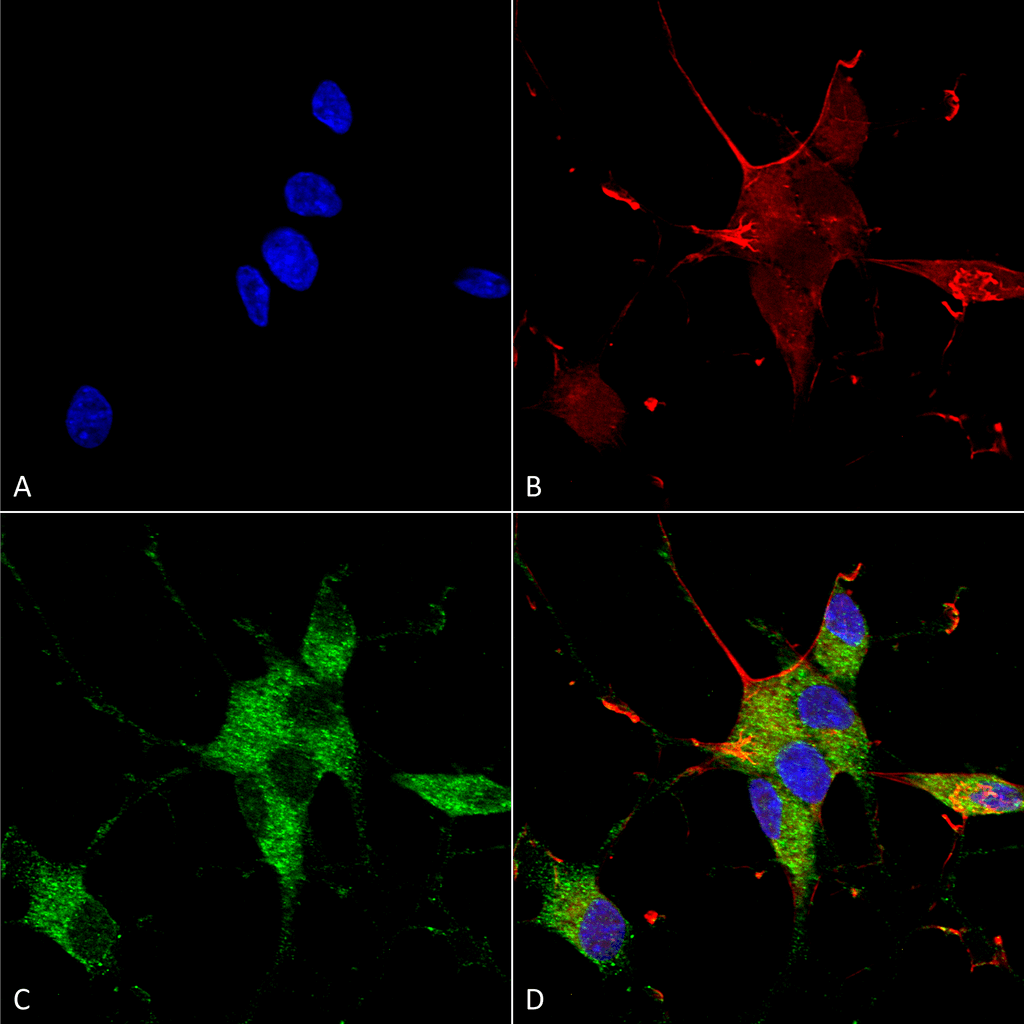
Immunocytochemistry/Immunofluorescence analysis using Mouse Anti-SHANK1/SHANK3 Monoclonal Antibody, Clone N367/51 (SMC-460). Tissue: Neuroblastoma cells (SH-SY5Y). Species: Human. Fixation: 4% PFA for 15 min. Primary Antibody: Mouse Anti-SHANK1/SHANK3 Monoclonal Antibody (SMC-460) at 1:100 for overnight at 4°C with slow rocking. Secondary Antibody: AlexaFluor 488 at 1:1000 for 1 hour at RT. Counterstain: Phalloidin-iFluor 647 (red) F-Actin stain; Hoechst (blue) nuclear stain at 1:800, 1.6mM for 20 min at RT. (A) Hoechst (blue) nuclear stain. (B) Phalloidin-iFluor 647 (red) F-Actin stain. (C) SHANK1/SHANK3 Antibody (D) Composite.
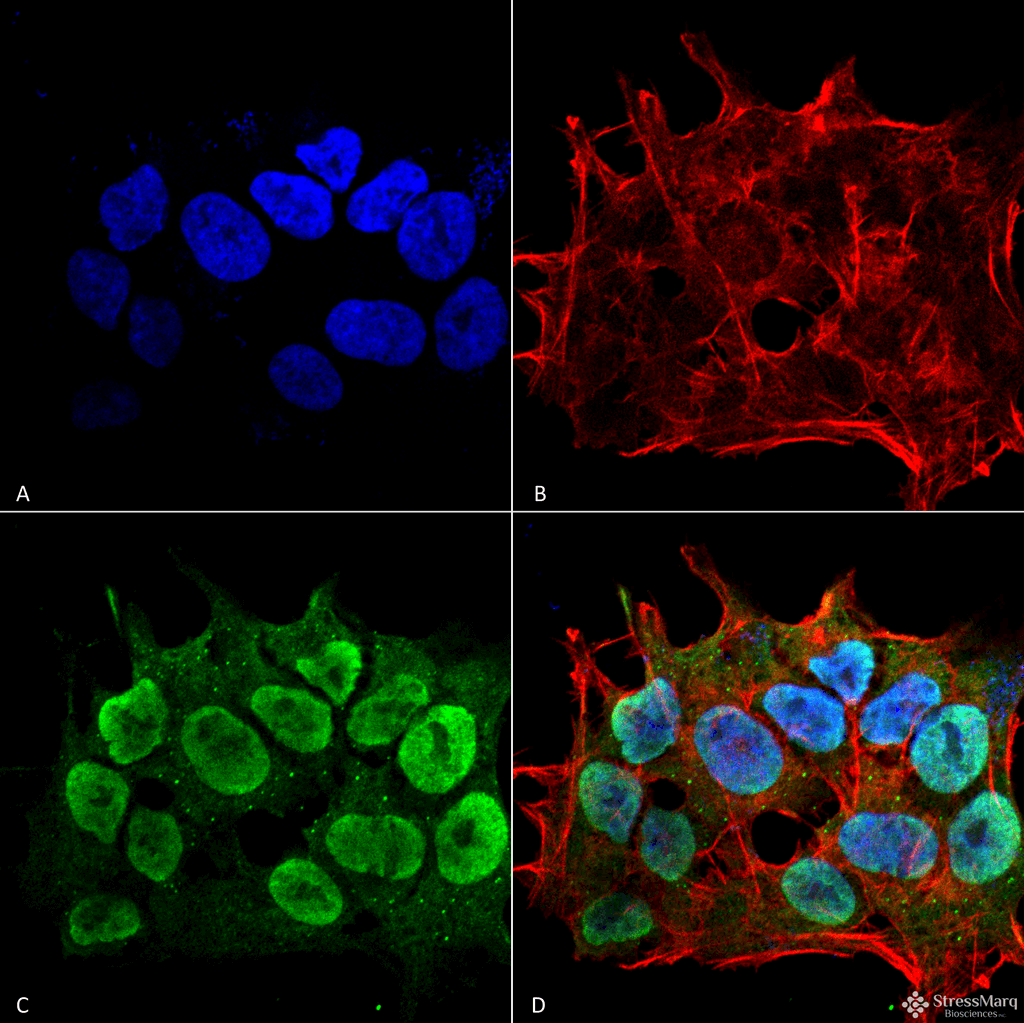
Immunocytochemistry/Immunofluorescence analysis using Mouse Anti-SHANK1/SHANK3 Monoclonal Antibody, Clone N367/51 (SMC-460). Tissue: Neuroblastoma cell line (SK-N-BE). Species: Human. Fixation: 4% Formaldehyde for 15 min at RT. Primary Antibody: Mouse Anti-SHANK1/SHANK3 Monoclonal Antibody (SMC-460) at 1:100 for 60 min at RT. Secondary Antibody: Goat Anti-Mouse ATTO 488 at 1:100 for 60 min at RT. Counterstain: Phalloidin Texas Red F-Actin stain; DAPI (blue) nuclear stain at 1:1000; 1:5000 for 60 min RT, 5 min RT. Localization: Cytoplasm, Nucleus. Magnification: 60X. (A) DAPI (blue) nuclear stain. (B) Phalloidin Texas Red F-Actin stain. (C) SHANK1/SHANK3 Antibody. (D) Composite.
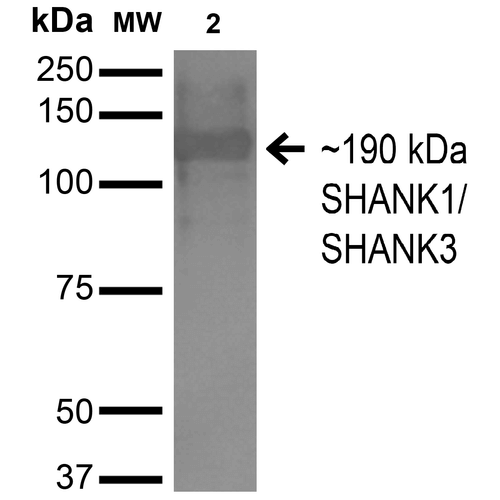
Western Blot analysis of Monkey COS cells transfected with HA-tagged Shank1 showing detection of ~190 kDa SHANK1/SHANK3 protein using Mouse Anti-SHANK1/SHANK3 Monoclonal Antibody, Clone N367/51 (SMC-460). Lane 1: Molecular Weight Ladder. Lane 2: Monkey COS cells transfected with HA-tagged Shank1. Load: 15 µg. Block: 2% BSA and 2% Skim Milk in 1X TBST. Primary Antibody: Mouse Anti-SHANK1/SHANK3 Monoclonal Antibody (SMC-460) at 1:200 for 16 hours at 4°C. Secondary Antibody: Goat Anti-Mouse IgG: HRP at 1:1000 for 1 hour RT. Color Development: ECL solution for 6 min in RT. Predicted/Observed Size: ~190 kDa.

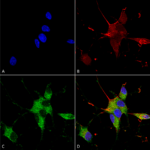
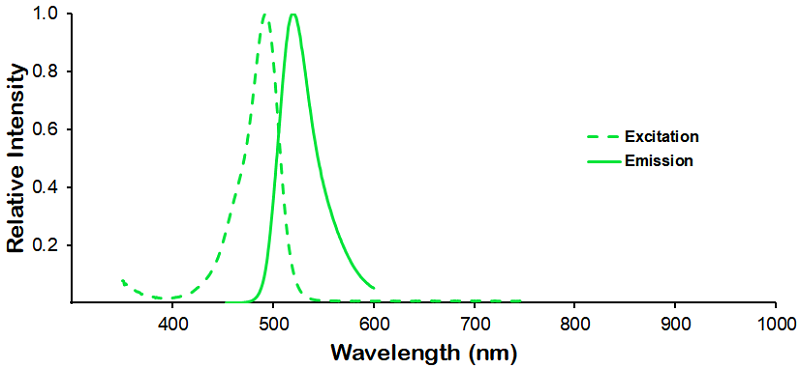
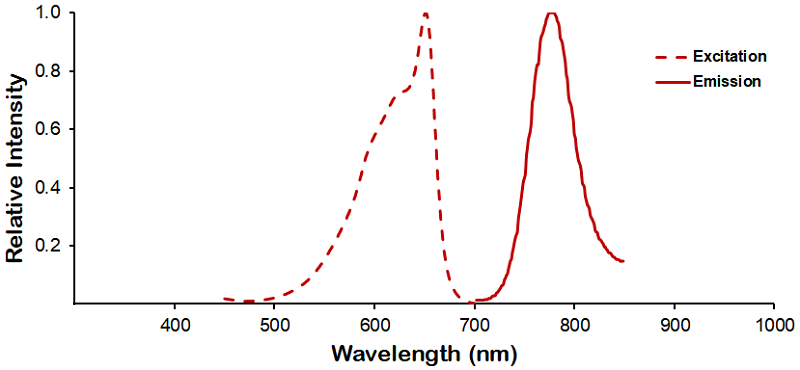
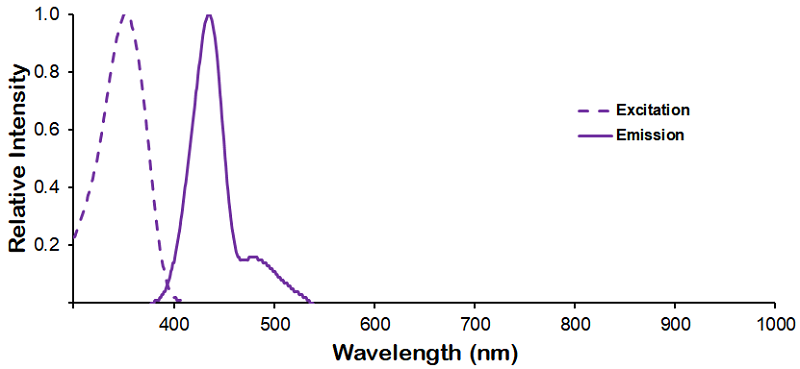
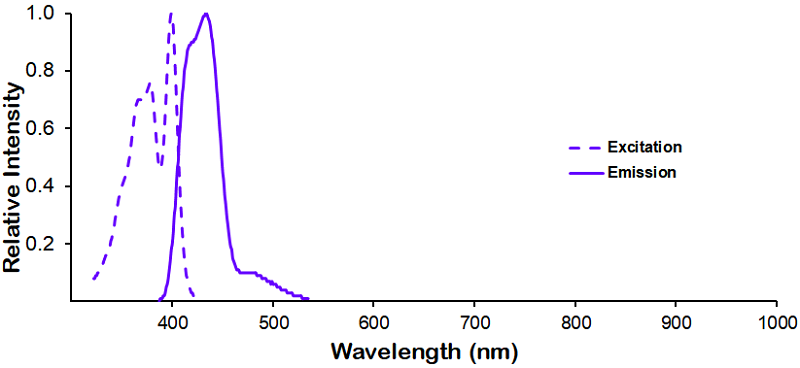
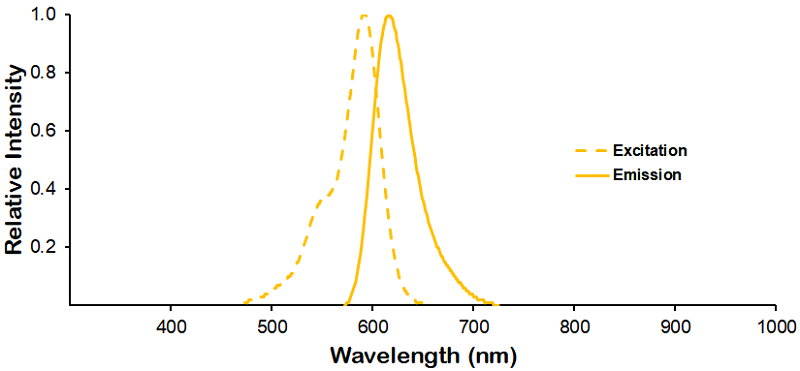
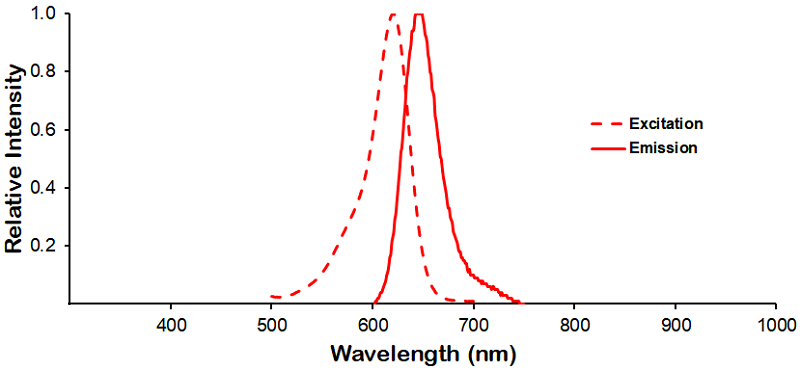
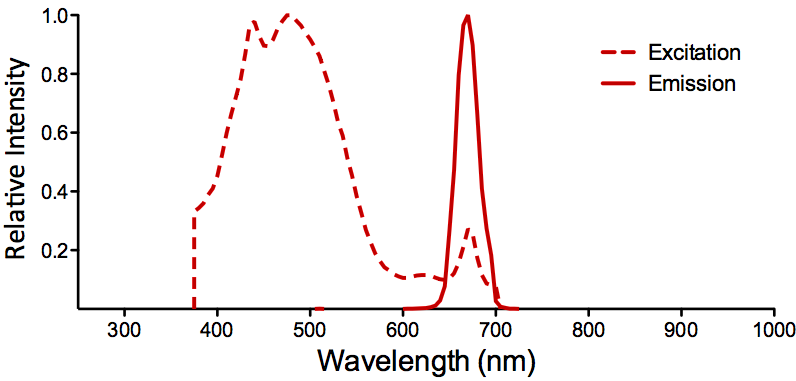
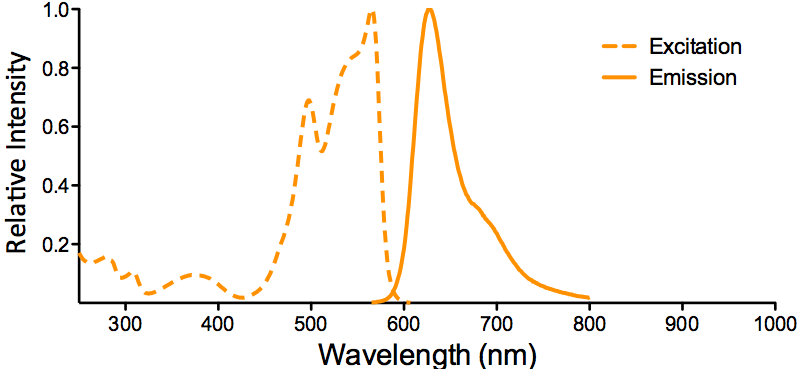
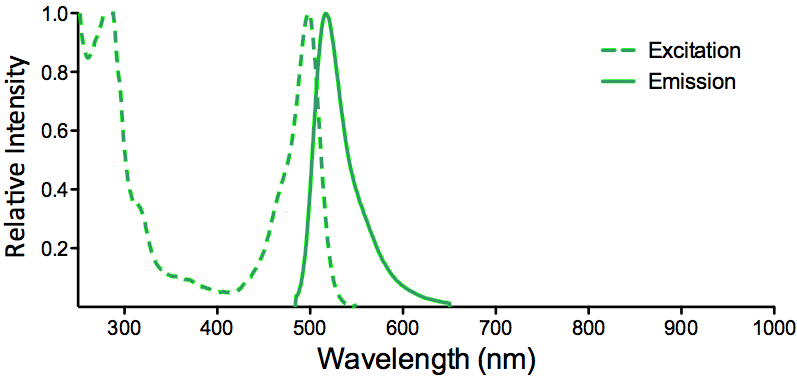
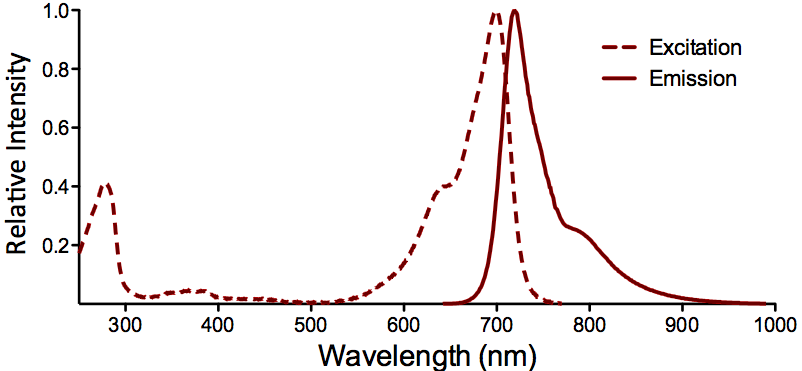
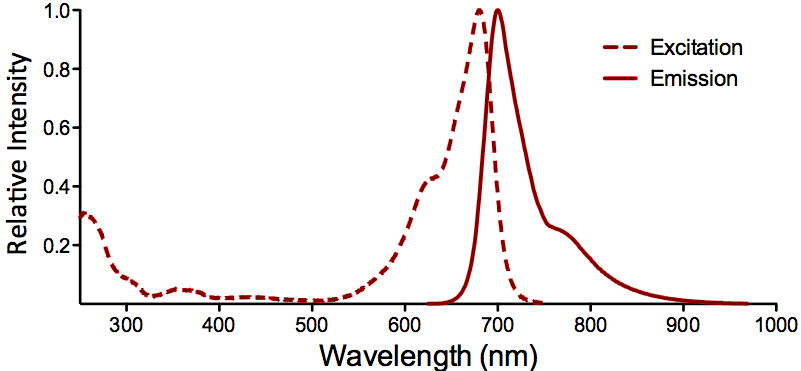
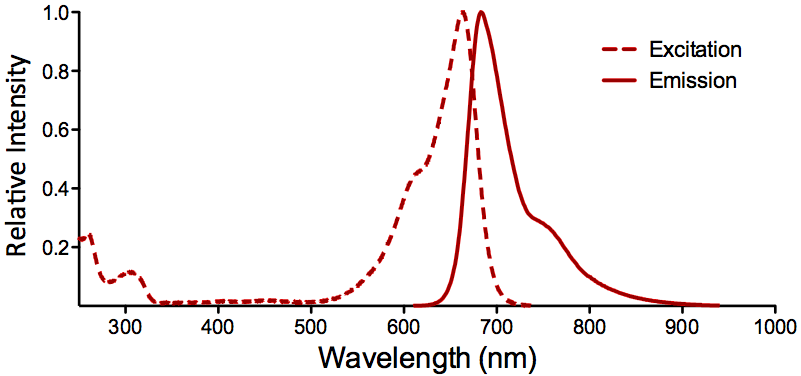
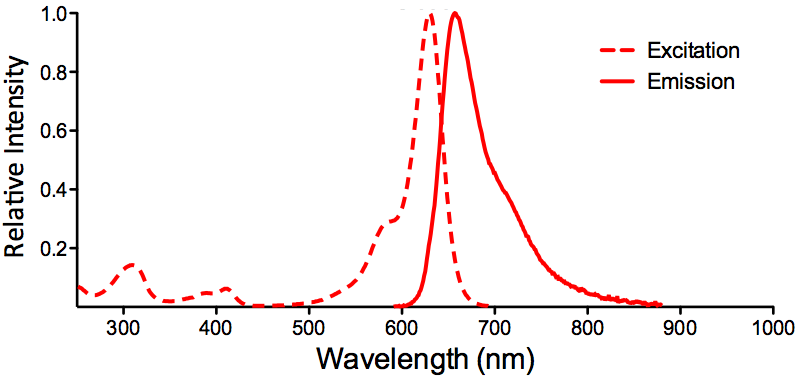
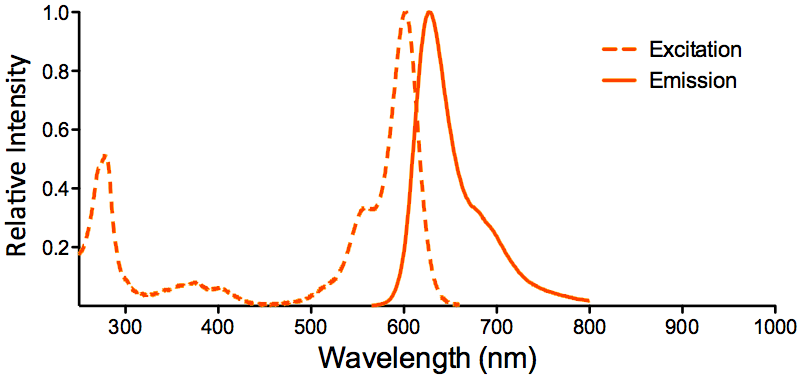
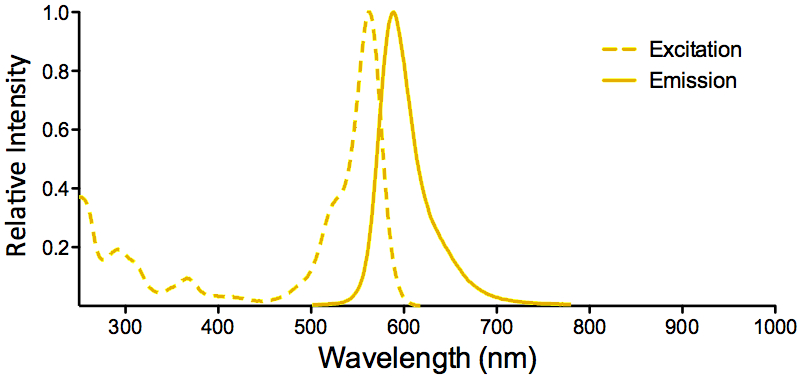
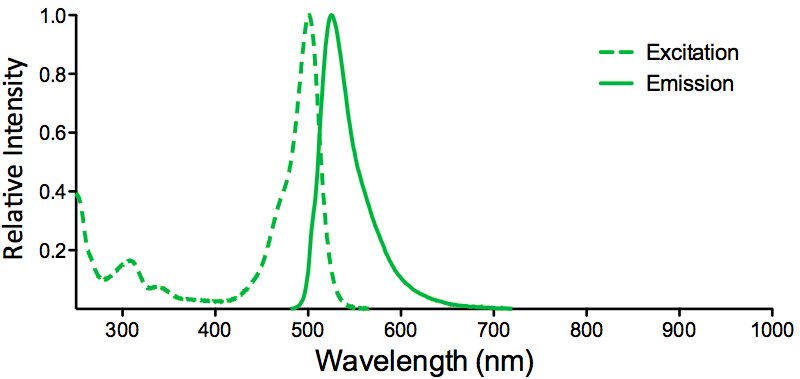
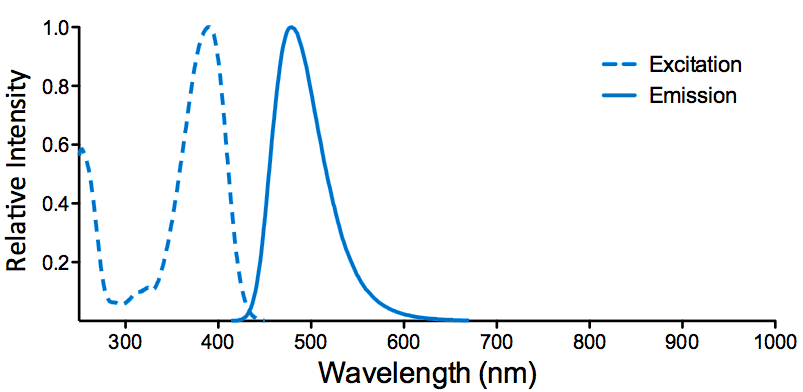
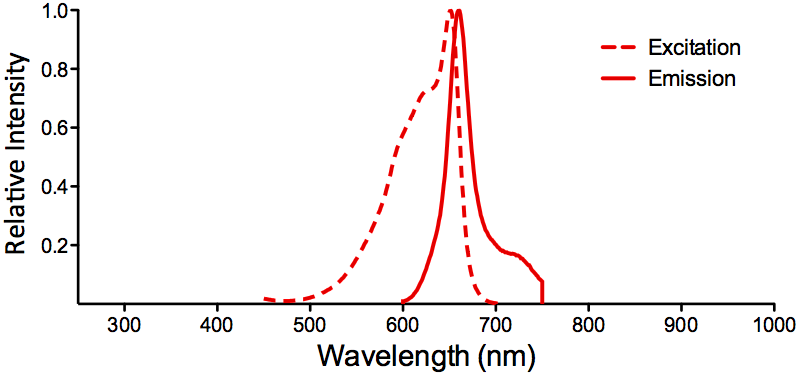
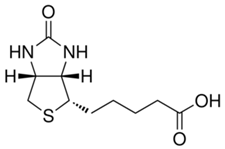
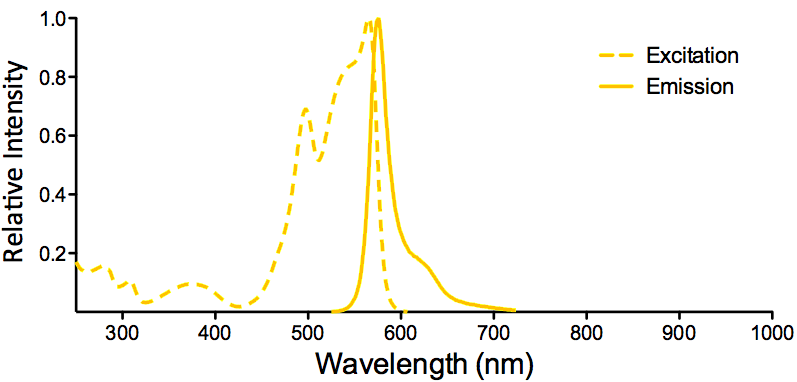
haiying sun :
want to co staining with ctbp2 (mouse IgG1)
Patricia Thomson :
Hi Haiying,
This antibody has not yet been tested for costaining with ctbp2, but a free 12 ug sample size for testing is available through our free sample program.
Best regards,
Patricia